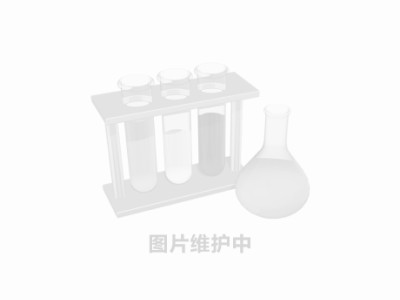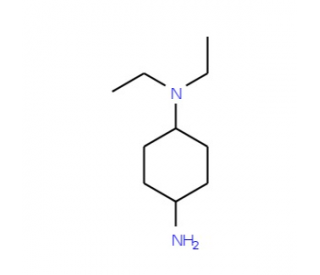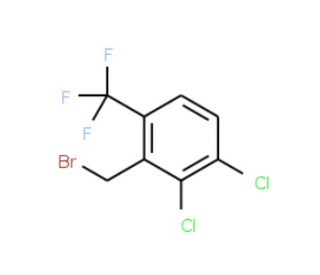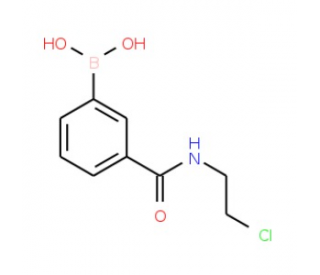詳細說明
Purity
>97%, by SDS-PAGE under reducing conditions and visualized by silver stain
Endotoxin Level
<0.10 EU per 1 μg of the protein by the LAL method.
Activity
Measured by its ability to chemoattract human peripheral blood lymphocytes (PBL) cultured in the presence of IL-2 for 21 days. The ED 50 for this effect is 10?20 ng/mL. Measured by its ability to chemoattract BaF3 mouse pro?B cells transfected with human CXCR3. The ED 50 for this effect is 1?5 ng/mL.
Source
E. coli-derived Phe22-Phe94
Accession #
N-terminal Sequence
AnalysisPhe22
Predicted Molecular Mass
8.3 kDa
Carrier Free
What does CF mean?
CF stands for Carrier Free (CF). We typically add Bovine Serum Albumin (BSA) as a carrier protein to our recombinant proteins. Adding a carrier protein enhances protein stability, increases shelf-life, and allows the recombinant protein to be stored at a more dilute concentration. The carrier free version does not contain BSA.
What formulation is right for me?
In general, we advise purchasing the recombinant protein with BSA for use in cell or tissue culture, or as an ELISA standard. In contrast, the carrier free protein is recommended for applications, in which the presence of BSA could interfere.
672-IT |
| 672-IT/CF |
Formulation Lyophilized from a 0.2 μm filtered solution in PBS with BSA as a carrier protein. | Formulation Lyophilized from a 0.2 μm filtered solution in PBS. | |
Reconstitution Reconstitute at 100 μg/mL in sterile PBS containing at least 0.1% human or bovine serum albumin. | Reconstitution Reconstitute at 100 μg/mL in sterile PBS. | |
Shipping The product is shipped at ambient temperature. Upon receipt, store it immediately at the temperature recommended below. | Shipping The product is shipped at ambient temperature. Upon receipt, store it immediately at the temperature recommended below. | |
Stability & Storage: Use a manual defrost freezer and avoid repeated freeze-thaw cycles.
| Stability & Storage: Use a manual defrost freezer and avoid repeated freeze-thaw cycles.
|
Background: CXCL11/I-TAC
CXCL11, also known as I-TAC, SCYB9B, H174 and beta -R1, is a non-ELR CXC chemokine. CXCL11 cDNA encodes a 94 amino acid (aa) residue precursor protein with a 21 aa residue putative signal sequence, which is cleaved to form the mature 73 aa residue protein. CXCL11 shares 36% and 37% amino acid sequence homology with IP-10 and MIG (two other known human non-ELR CXC chemokines), respectively. CXCL11 is expressed at low levels in normal tissues including thymus, spleen and pancreas. The expression of CXCL11 mRNA is radically up regulated in IFN-gamma and IL-1 stimulated astrocytes. Moderate increase in expression is also observed in stimulated monocytes. CXCL11 has potent chemoattractant activity for IL-2 activated T cells and transfected cell lines expressing CXCR3, but not freshly isolated T-cells, neutrophils or monocytes. The gene encoding CXCL11 has been mapped to chromosome 4.
References:
Cole, K. et al. (1998) J. Exp. Med. 187:2009.
Sandhya Rani, M. et al. (1996) J. Biol. Chem. 271:22878.
Lou, Y. et al. (1998) J. Neurovirol. 4:575.
Entrez Gene IDs:
6373 (Human); 56066 (Mouse)
Alternate Names:
beta-R1; b-R1; chemokine (C-X-C motif) ligand 11; CXCL11; H174; H174IP9; Interferon gamma-inducible protein 9; Interferon-inducible T-cell alpha chemoattractant; IP-9member 11; ITAC; I-TAC; I-TACMGC102770; SCYB9B; small inducible cytokine subfamily B (Cys-X-Cys), member 9B; Small-inducible cytokine B11










 粵公網(wǎng)安備44196802000105號
粵公網(wǎng)安備44196802000105號